In a Financial Times interview, Cleveland Fed President Loretta Mester put emphasis on the duration of maintaining restrictive monetary policy to ensure that inflation reliably returns to the 2% target. That’s contrary to market expectations, which centers on timing and extent of rate cuts.
Mester’s key statement, “The next phase is not when to reduce rates… It’s about how long do we need monetary policy to remain restrictive in order to be assured that inflation is on that sustainable and timely path back to 2%,”
“The markets are a little bit ahead. They jumped to the end part, which is ‘We’re going to normalize quickly’, and I don’t see that,” she added.
When the discussion eventually shifts to the timing and pace of rate cuts, Mester highlighted the importance of one-year forward inflation expectations and their alignment towards the 2% target.
“If you don’t take action as expected inflation comes down, then you’re really firming policy,” she warned. “You don’t want to inadvertently become more restrictive than you think is appropriate.”




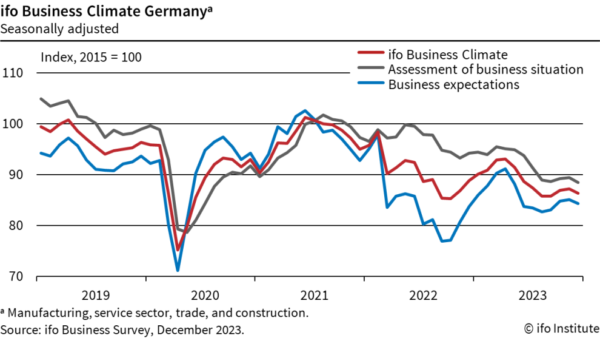
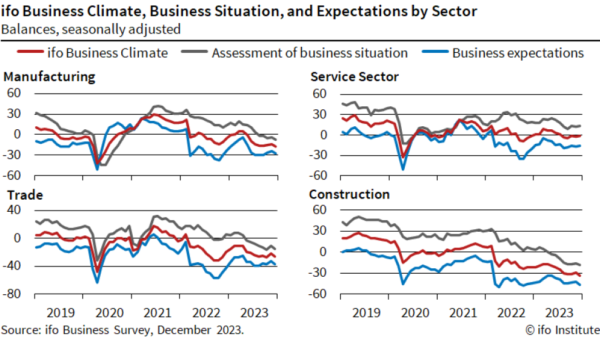
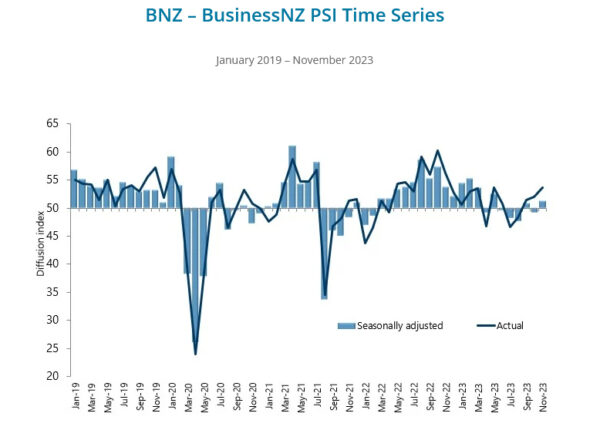
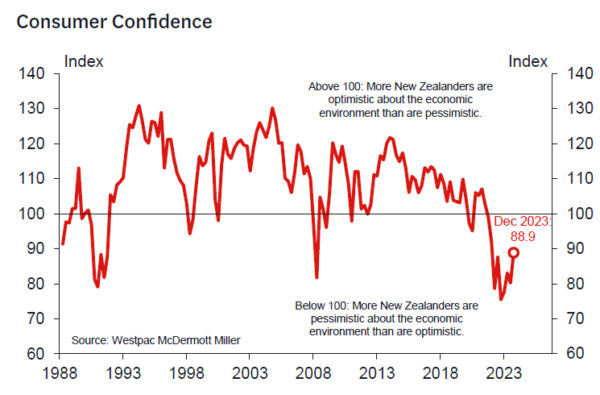
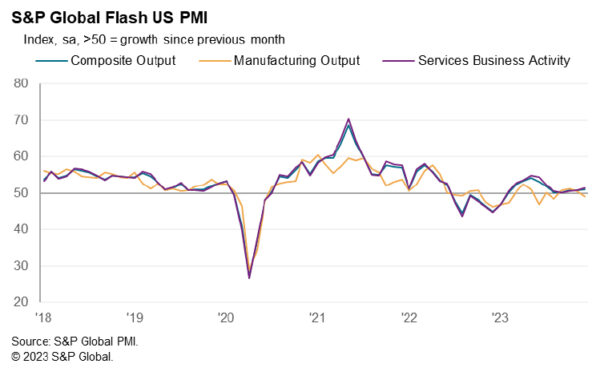
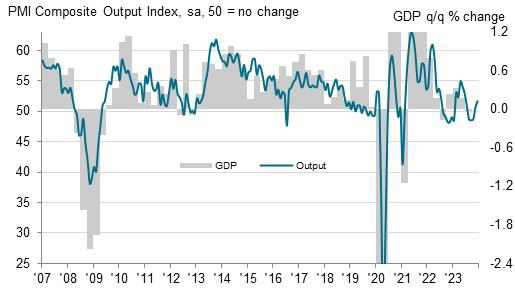
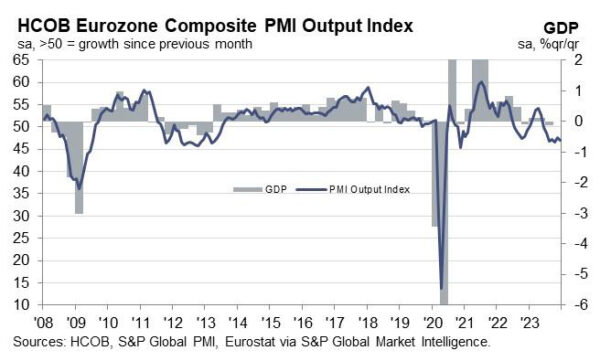
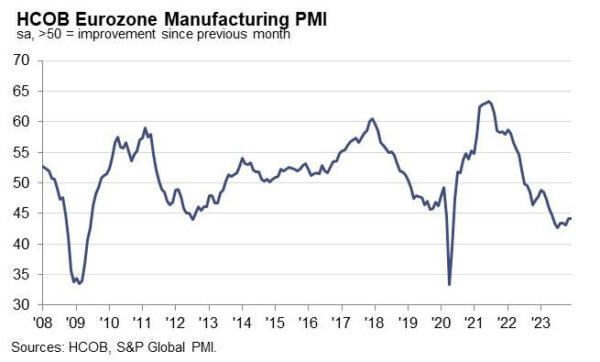
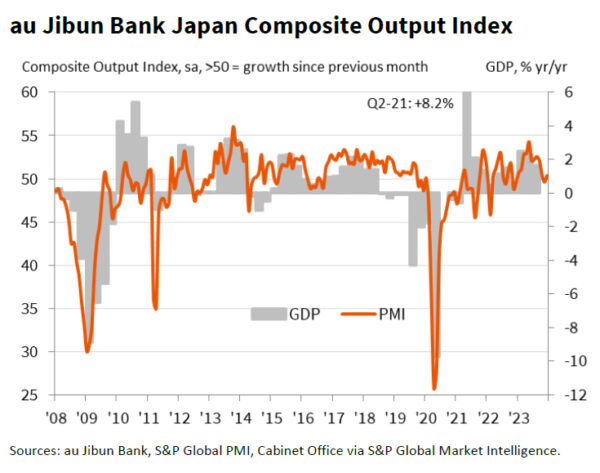

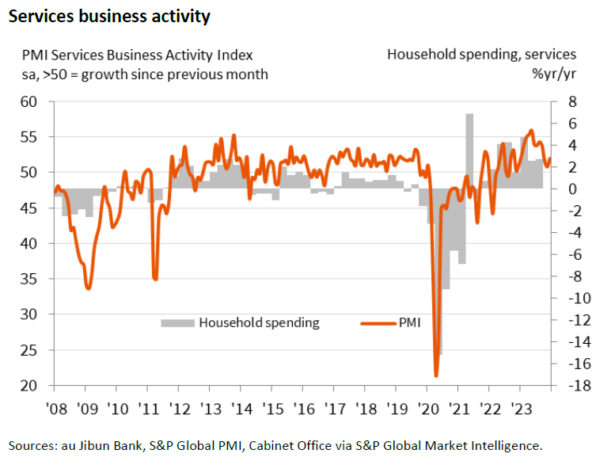
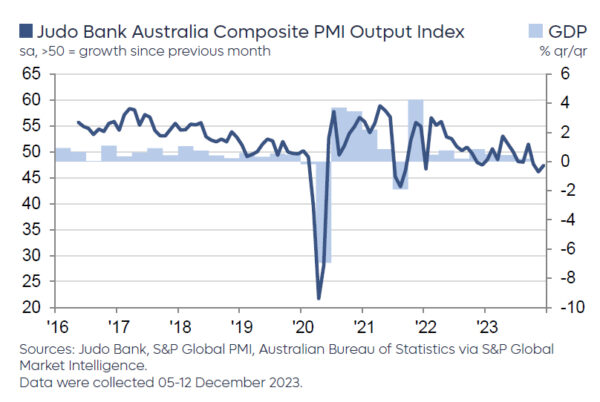
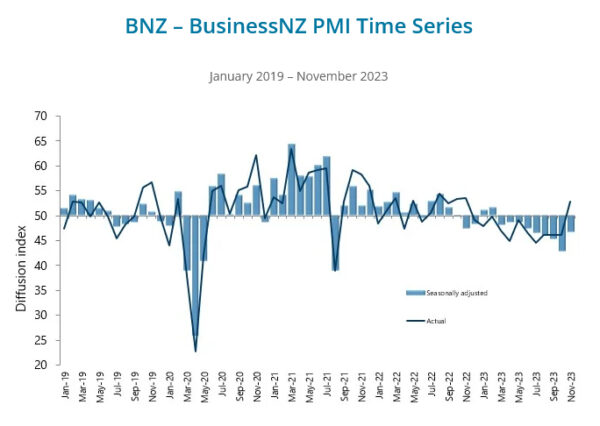

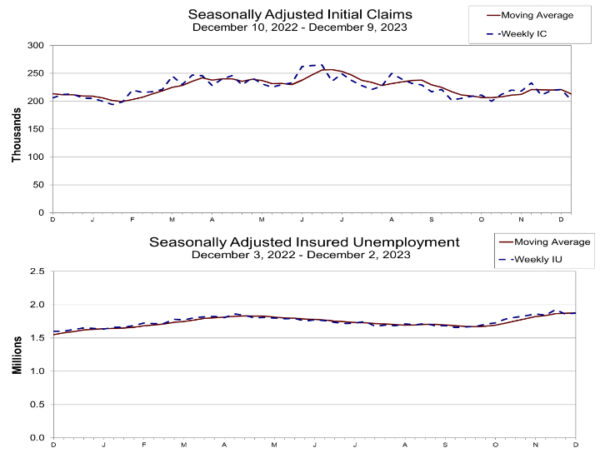
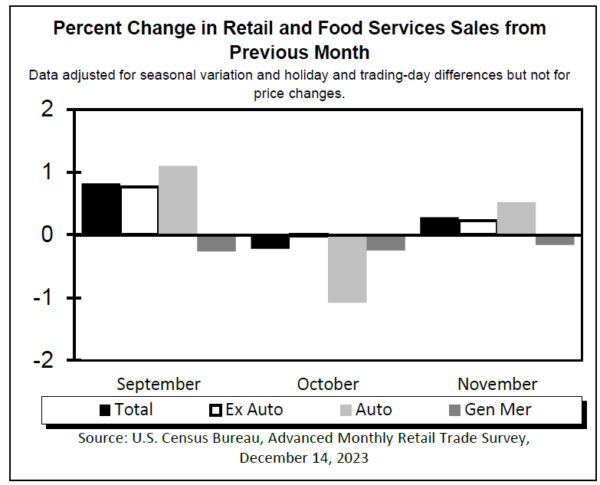

Fed’s Daly views 2024 as right for rate cuts, timetable uncertain
San Francisco Fed Bank President Mary Daly, in a Wall Street Journal interview yesterday, suggested that it might be appropriate for policymakers to start considering rate cuts in 2024, especially considering the easing of inflation this year. However, she also cautioned that it is premature to speculate on the exact timing of these rate reductions.
Daly emphasized the delicate balancing act Fed faces: the need to achieve price stability while minimizing job losses. Fed’s goal is to bring inflation down to its 2% target, but Daly highlighted the importance of doing so gently, “with as few disruptions to the labor market as possible.”
Another key point from Daly’s interview concerns the real borrowing costs for households and businesses. With inflation showing a downward trend, maintaining the current rate could inadvertently increase these costs. Daly conveyed her wariness that “we could overtighten quite easily, and so that’s what I’m mindful of”.
Aligning with the broader perspective of Fed policymakers, Daly’s views resonate with the median projections released last week. These projections suggest a majority of the 19 Fed policymakers anticipate a 75 basis-point reduction from the current target range of 5.25%-5.50% for the policy rate, aiming to bring inflation down to about 2.4% by the year’s end.